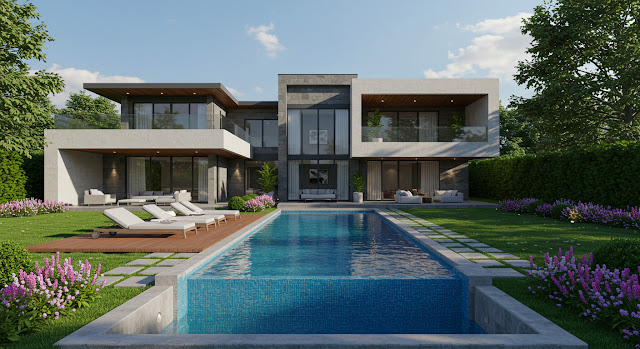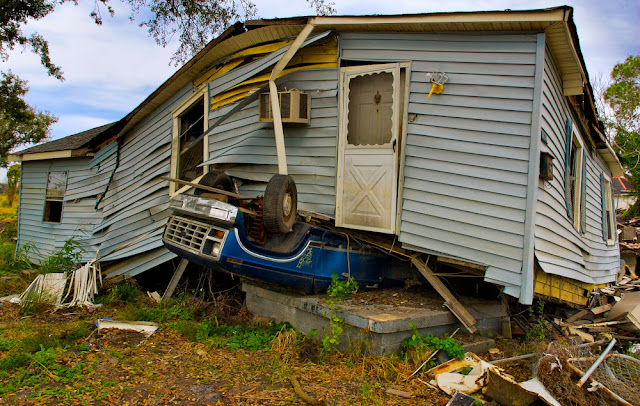The Off-Grid Cabin Movement: When Architecture Disappears
In an age of hyperconnectivity, where smart cities promise seamless integration and every surface is increasingly lit, surveilled, and optimized, a quiet rebellion is unfolding in the woods, on mountaintops, and along remote coastlines. The off-grid cabin movement is gaining momentum—not just as an escape from modern life, but as a radical redefinition of architecture itself. These cabins don’t aim to dominate the landscape. Instead, they seek to vanish into it.
This is architecture as disappearance, as retreat, as humility. And in that, it represents one of the most quietly subversive movements in contemporary design.
The Allure of the Invisible
Unlike traditional architectural statements—buildings that demand attention, signify power, or serve as monuments to human ambition—off-grid cabins whisper rather than shout. Built with local materials, designed to minimize environmental impact, and often powered by solar or wind energy, these structures are deliberately small, self-contained, and context-aware.
They draw from traditions like Japanese wabi-sabi, Nordic minimalism, and Indigenous vernacular building—but their sensibility is distinctly modern: a rejection of excess, a yearning for slowness, and a distrust of systems too large to see.
In disappearing, these cabins make a point: that architecture doesn’t have to mean spectacle.
Disconnection as Design Philosophy
To be off-grid is more than a technical state—it’s a philosophical one. These cabins operate outside the infrastructures of modern convenience: no municipal power, no sewer lines, no broadband. Water comes from nearby springs, energy from the sun, heat from the woodstove.
In this context, architecture must solve problems directly. How do you store heat in winter without fossil fuel? How do you use materials that don’t require long supply chains? How do you build in a way that won’t scar the land for decades?
The answers are often surprisingly elegant: green roofs that blend with the forest canopy, foundations made of stone to avoid concrete, windows that frame the path of the sun rather than fight it. The result is a design ethic that’s not only sustainable, but deeply site-specific.
The New Primitive
This isn’t a return to the Stone Age. Many off-grid cabins are technologically sophisticated, even futuristic. Microgrid systems, solar batteries, satellite internet (when desired), composting toilets, and advanced water filtration systems turn self-sufficiency into a kind of high-performance minimalism.
But the aesthetic remains rooted in the primitive: pared-down forms, raw materials, silence. These spaces are designed less to impress others than to realign their occupants with the rhythms of weather, light, and land.
Think of it as the 21st-century hut: a place where architecture returns to its most essential question—how to shelter a human being in a place of meaning.
Escapism or Evolution?
Critics of the movement argue that off-grid living is a luxury of the privileged, that most people cannot afford to simply vanish into the woods or live disconnected from public systems. And in many cases, they’re right. The romanticized off-grid lifestyle often ignores the realities of isolation, maintenance, and the time required to live slowly.
But there is another way to read this movement—not as escapism, but as prototyping. These cabins, small and self-sufficient, are testing grounds for what post-consumerist, low-impact living might look like at scale. They challenge the default settings of architectural practice: the obsession with growth, visibility, and permanence.
What if good architecture didn’t need to be seen at all?
Conclusion: The Beauty of Vanishing
The off-grid cabin movement marks a turning point. It suggests that the future of architecture may not lie in megastructures, but in micro-habitats. In buildings that consume less, say less, and disappear more. In structures that don’t try to conquer the landscape, but commune with it.
In an era of climate crisis, ecological anxiety, and digital overload, the idea that a building could vanish—into the trees, the rock, the snow—isn’t just poetic. It’s political.
When architecture disappears, something else becomes visible: a quieter, smaller, slower way of being human.







_1.jpg)
_2.jpg)
_1.jpg)
_2.jpg)
_1.jpg)
_2.jpg)
_1.jpg)
_1.jpg)
_2.jpg)
_1.jpg)
_2.jpg)
_1.jpg)
_2.jpg)























